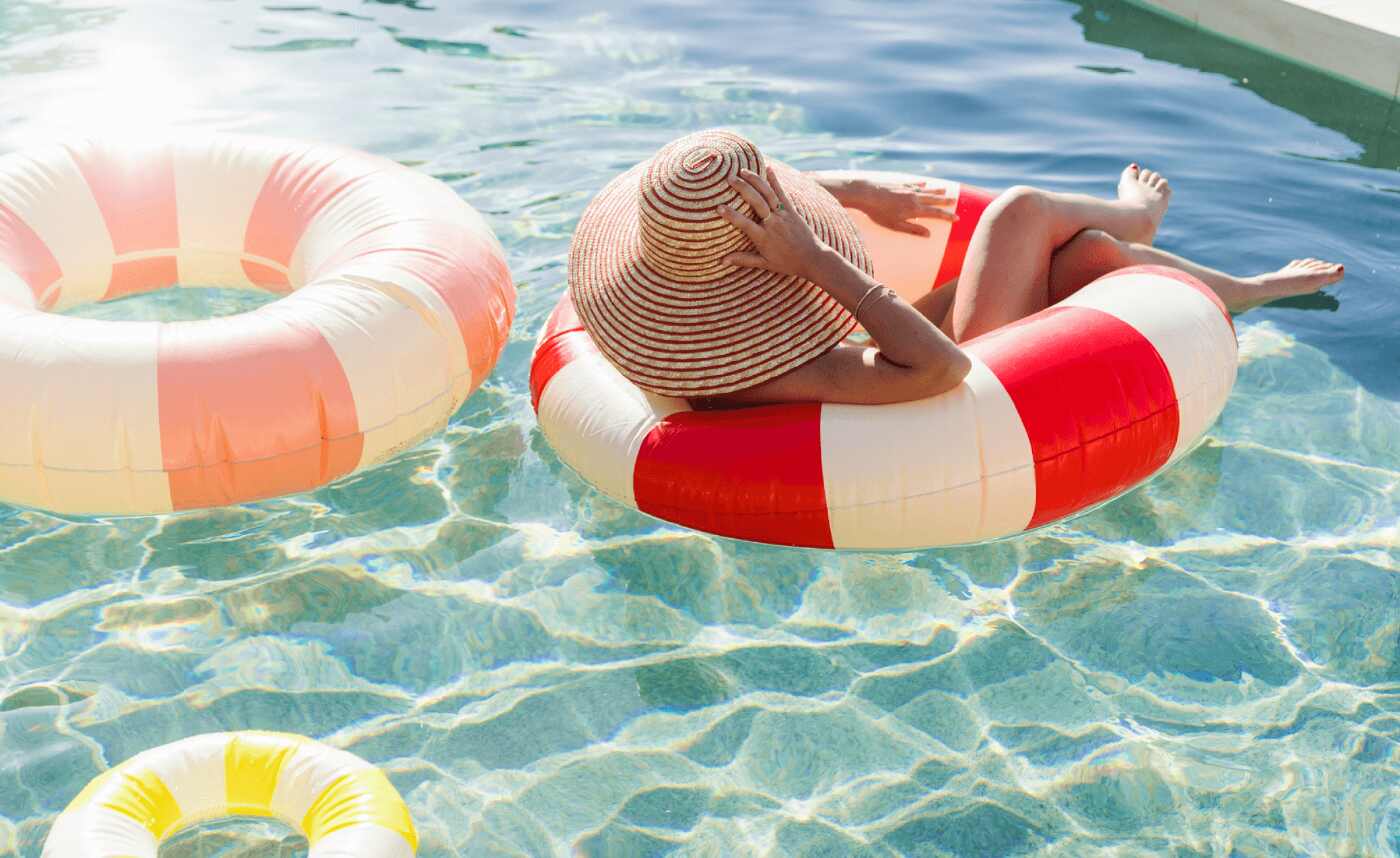
How much do you need to retire?
Ever been asked, ‘How long is a piece of string?’ Well, asking how much you need to retire feels like a similar question. However, figuring out how much you need for retirement is just a case of looking at all the pieces of the superannuation puzzle.
What is the current suggested level of savings in Australia? How much does it cost to buy a house or rent? How much will you spend on food, travel and medical expenses? Let’s gaze into the crystal ball.
The ASFA standard
The Association of Superannuation Funds of Australia (ASFA) is the peak body of Australian superannuation. The organisation keeps an eye on policy, research and advocacy surrounding retirement savings, but perhaps most importantly, makes regular suggestions for how much John Doe should have for retirement. That’s you.
Recent figures from their March 2025 retirement expenditure breakdown outlines how much both singles and couples could expect to spend for both a modest and comfortable lifestyle per year of retirement:
| Single or couple | Lifestyle | approx. annual cost |
|---|---|---|
| Single | Modest | $33,386 per year |
| Single | Comfortable | $52,383 per year |
| Couple | Modest | $48,184 per year |
| Couple | Comfortable | $73,875 per year |
Deciding which lifestyle you’re most likely to lead in retirement may have a large impact on your super savings goals. If you don’t make that decision now and save appropriately, it may be that your final savings will decide the lifestyle you’ll live for you. The three broad options you have to choose from are:
- Age Pension-based retirement: living a budget lifestyle.
- 'Modest’ retirement: being able to afford ‘fairly basic activities’ and a modest place to live.
- ‘Comfortable’ retirement: being able to afford a range of activities, private health insurance and have funds leftover for the things that are important to you.
For a specific breakdown of how much you’ll need for retirement, take a look at our Retirement Income Calculator. This considers your current income levels, how much you’d like to spend in retirement and also any government support like the Age Pension.
Superannuation balances recommended for retirement
ASFA has also produced a recommended balance that you should have in your super for retirement.
| Comfortable lifestyle | Recommended savings at retirement |
| Couple | $690,000 |
| Single | $595,000 |
This lump sum amount assumes that you will draw down on all your capital and receive a part Age Pension.
| Modest lifestyle | Recommended savings at retirement |
| Couple | $100,000 |
| Single | $100,000 |
This lump sum is relatively low, especially in comparison to the comfortable lifestyle as the base rate of the Age Pension (plus various other pension supplements) is sufficient to meet the expenses of this lifestyle.
It is important to note that these are just estimates from the ASFA and take into account the Age Pension both immediately and into the future. The amount of the Age Pension can change and is influenced by a number of different factors including (but not limited to) inflation.
Accessing the Age Pension
In addition to whatever you manage to save for retirement, you may also be able to add funds from the government.
The Age Pension is for Australians over the age of 67 who meet the requirements of an income and assets test. Depending on your situation and how much you have saved in your superannuation, you may receive extra funds from the government each fortnight. While there is a maximum amount you could earn with the Age Pension, this is not guaranteed and will depend on a number of different factors including your superannuation amount.
If you are planning on retiring early, remember that you won’t be able to access the Age Pension until you have reached the pension (or ‘retirement’) age, which is currently 67. So, you may have to wait longer than your parents before enjoying a helping hand from the government.
Single person or couple separated due to health
Maximum basic rate of $1,051.30 per fortnight, declining based on the results of your income and asset test.
Couple
Maximum basic rate of $792.50 per fortnight each or $1,585.00 combined, declining based on the results of your income and asset test.
On top of the basic rate, both couples and singles may be eligible for the Pension Supplement and Energy Supplement to help with utility costs. For full details on the income and assets tests visit Services Australia.
What factors will affect how much super I need to retire?
Passive and active retirement
When you reach retirement age, with a bit of luck you’ll still be physically capable and moving around on your own. This means you will be more likely to venture out and about around your city in search of fun, be it a trip to the movies, dropping in on your unsuspecting adult children or participating in the local bowls tournament.
Regardless of your activity type, each of these things costs at least some element of money. The more active your retirement, the more you will need to save beforehand to support it.
Alternatively, a passive retirement is entirely the opposite. Some people reach the big 6-7 and are quite happy sitting with their loved ones reading a book and sipping on cups of tea (sorry for the stereotype). Also, those who live an active retirement may one day be medically restricted and thus be encouraged into a passive lifestyle to accommodate.
Either way, you will be spending a lot less money on travel and activities if you spend more time indoors. Make sure to have enough in your nest egg for tea bags, though – so your partner doesn’t get mad.
Housing costs
Retiring in the Lucky Country is a worthy goal for not just Australians, but foreigners too. Our laid-back lifestyle, fabulous beaches and the black gold that is Vegemite are all top reasons to remain in the land down under.
By retirement, you may have already paid off your mortgage. If not, you will need to factor mortgage repayments into your calculations as well. If you are renting your property into retirement, this will also play a part in how much you need to save.
Food costs
Your peckish penchants could leave a distinctly sweet or sour taste on the tongue, as food costs are second only to those of transportation, according to MoneySmart figures.
Whether you decide to cook at home, eat out or grab takeaway, just note that these expenses add up and will have an impact on how much super you’ll need in retirement.
Medical costs
According to the ABS, the current average life expectancy is 85 for women and 81 for men. That means, if you live to the average life expectancy and you retire at 60, you will need money for another 25 years of retirement.
As you can expect your health to change as the years progress, it’s worth setting aside more savings for any potential medical costs like surgery.
What if you don’t have enough super to retire?
There are many ways you can grow your super if you think you’re a bit behind on reaching the balance you would need to retire. You could make additional contributions or salary sacrifices now to help your future self.
Thinking of switching to a different super fund? Consider Virgin Money
Virgin Money Super can help you save for tomorrow while being rewarded today.


